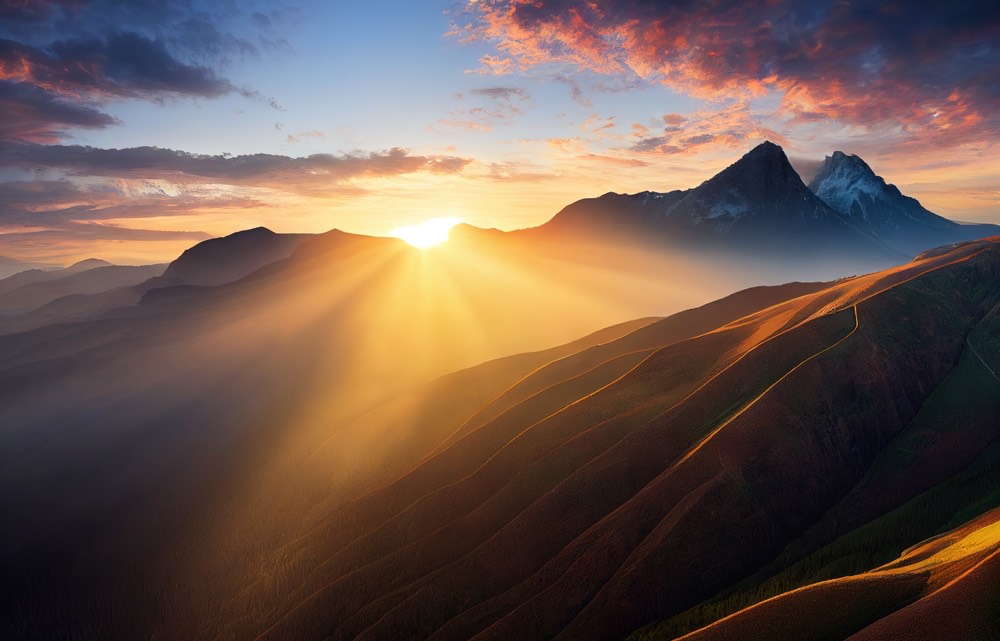Understanding your tonal range can help you better understand how your digital photography will appear to the viewer. The tonal range in an image can have a significant impact on its mood or feel but is often difficult to quantify.
This guide will help you to do that. I’ll walk you through tonal range and how you can improve your photography.
What is the Tonal Range?
The tonal range is a term that needs to be understood and used by photographers. The tonal spectrum is the range between the darkest and the lightest light values your camera can capture. This range of tones includes grays, blacks, and whites.
In mainstream digital photography, the range of tones is usually divided into several tonal zones. We’ll examine each one to see how its presence or absence can affect the look of your photographs.
Whites
The whites are at the very top of the range.
Pure white is 100% luminance with no texture or details. Pure white is the point of absolute white at the rightmost edge of a graph.
Some whites have lower luminance values in this area, and they can be difficult to distinguish with the naked eye. The histogram is a great tool for determining the light values of a grouping.
Highlights
You can also see your highlight within the white zone. Highlights and shadows have the same characteristics. They are both localized areas with high luminance. Less lighting).
You may experience blown-out highlights in situations where the dynamic range of your camera is reaching its limit. In this case, the highlights may be exaggerated to the point of being almost pure white. It can lead to a loss of detail, particularly when the picture is badly overexposed.
Mid Tones
Mid tones are the middle ground between your tonal values. Mid-tones, while not particularly light or fitting into the darker areas of a photo, are an essential and healthy component. Be aware that a heavy emphasis on mid-tones may result in mushy, dull images with little contrast.
Blacks and Shadow Areas
As you might have guessed, blacks are the mirror images of whites. They are the majority of your dark areas and play a vital role in balancing high brightness levels, developing detail and contrast, and enhancing your photographs.
Like whites, blacks are also able to be absolute. They can have a luminance of zero and lack any texture. The far left extremity of the histogram represents this.
The shadows are the aesthetic counterpart of the highlights. Just like the highlights, shadows may also be over-boosted. This results in areas that are completely black and devoid of any details.
What is the Difference between Dynamic Range and Tonal Range?
You might hear a familiar phrase if you let the definition of the tonal range above the sink in the dynamic spectrum. The two terms are actually closely related.
It’s still important not to mix up the two! The terms dynamic range and tonal spectrum are two separate but related concepts.
The first relates to how much light your camera or the human eye can detect. Although dynamic range can be a complicated topic, having a greater dynamic range allows for a more detailed image to be captured without losing much detail.
Tonal range, however, is a very relative term. Even if the images were taken on the same date with the same equipment, the range of tones can be very different. The tonal range is only a description of the actual distribution luminance values in your frame. Tonal range, then, is a result of your style, exposure, and technique.
The quest for a full tonal range
Photographers, particularly those who are just starting, often declare their commitment to achieving the ‘full range of tones.’ It’s a reasonable idea – would you prefer a wider range of tones over a smaller one?
This principle is only sometimes the best way to go. The full range of tones is when all major groups of styles, from pure black to white, are represented in your image.
It is possible to achieve a full range of tones without realizing it. This can even happen when you are not editing. It is possible to accidentally capture a wide range of styles when you are shooting scenes with high contrast and high dynamic range.
The question is then not ‘how,’ but ‘why?
Why is it better to have a full range of tones?
Answer: It may not be! The extent of your tone range is really a personal choice. Many photographers go to great lengths in order to ensure that their photos do not contain any pure black areas. They want to capture every last bit of shadow detail. Some photographers will also apply the same standard for whites.
Others will find it more valuable to capture the full range of tones in the frame. Landscapes and portraits can benefit from the added contrast, giving them a more ‘poppable’ look.
